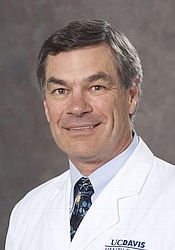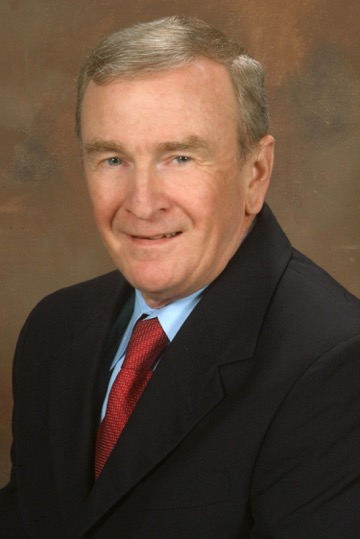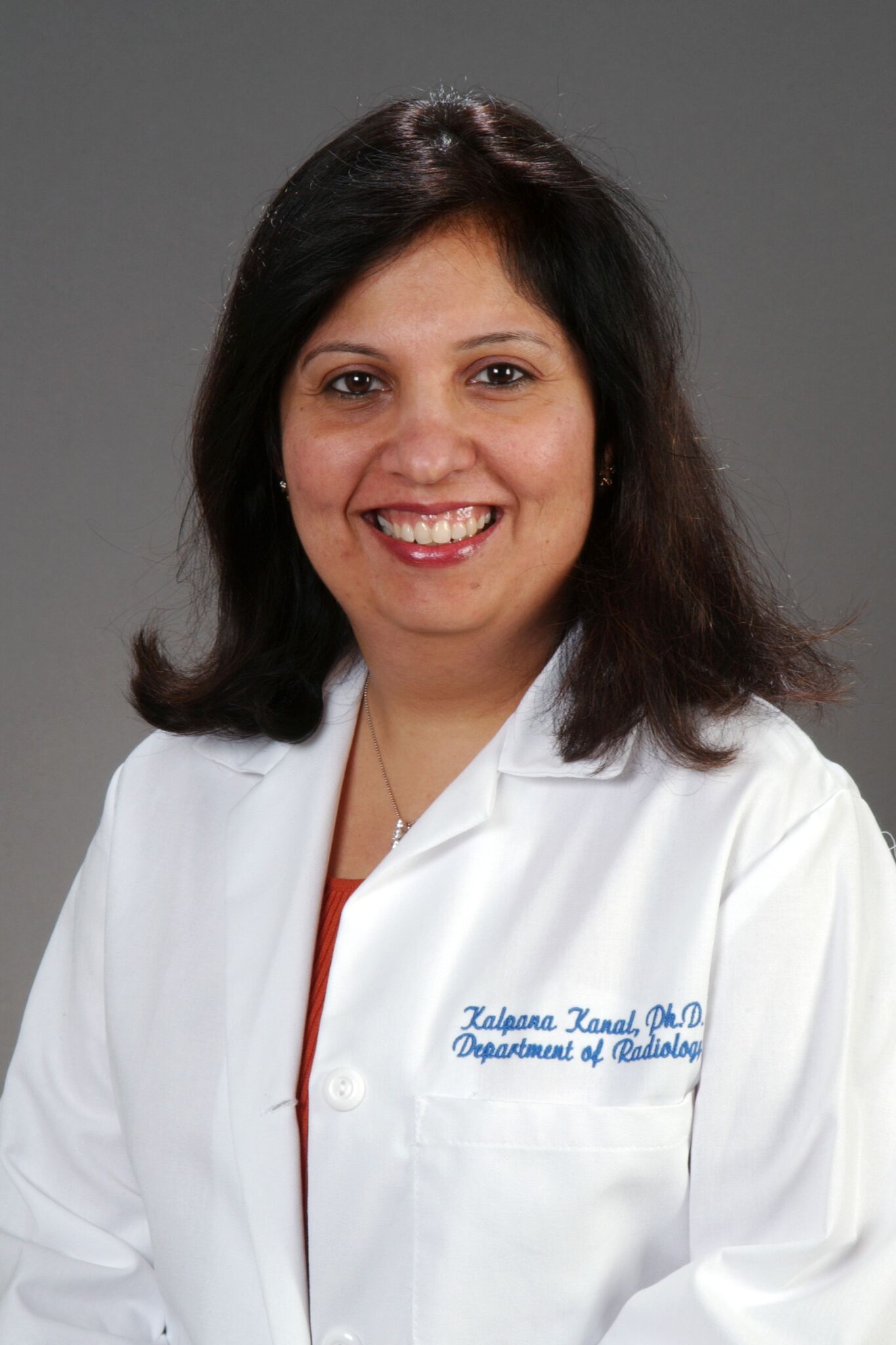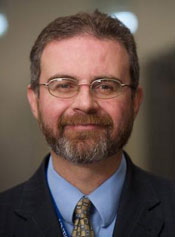 Dr. J. Anthony Seibert
Dr. J. Anthony Seibert
 Dr. Jerry Allison
Dr. Jerry Allison
 Dr. Kalpana M. Kanal
Dr. Kalpana M. Kanal
 Dr. Matthew B. Podgorsak
Dr. Matthew B. Podgorsak
The American Board of Radiology (ABR) is replacing the decennial maintenance of certification (MOC) exam with a new program named Online Longitudinal Assessment (ABR-OLA). Since the process is done online, you will no longer have to take time away from your practice to go to a Pearson VUE Professional Testing Center to take an MOC exam. You can participate anywhere you can connect to the internet (at home, at work, or anywhere else that is convenient) using a desktop PC, laptop, or tablet1. The longitudinal assessment part refers to the diplomate assessment that is a required part of the MOC process. The assessment is now spread over many years instead of through a high-stakes exam every 10 years.
ABR-OLA was rolled out for diagnostic radiologists at the beginning of 2019. It is expected to be implemented for medical physicists, interventional radiologists and radiation oncologists at the beginning of 20202. Through March 31, we have had more than 16,000 radiologists participate and more than 270,000 questions have been answered. The feedback from participants has been largely positive.
Each Monday, you will receive an email that two new questions are available to answer. They are valid for four weeks so you may answer them at your convenience. When opened, each question has either a one-minute or a three-minute time limit. This may not seem like much time but a key point is that ABR-OLA questions are designed to assess one's "Walking Around Knowledge," so that clinically active medical physicists can answer them without consulting references.
In the course of a year you will receive 104 question opportunities for each specialty in which you are board certified. You must answer 52 of them. You can also decline up to 10 questions each year without penalty. When you have reached 200 questions (generally, in about four years) you will be expected to meet a well-defined passing standard. For any individuals below the standard at the MOC annual review, which takes place every March 1, their MOC status will be shown as "not meeting MOC requirements." Their status will return to "meeting MOC requirements" as soon as their performance meets or exceeds the passing standard and will remain as such until at least the next MOC annual review. Even before the 200-question level is reached, a diplomate's standing will be shown on the ABR-OLA dashboard.3
We will provide more ABR-OLA details in subsequent newsletters. In the meantime, be sure you are meeting the current MOC standards by checking myABR.
The oral exam results for 2018 are shown in the table below. The overall performance was similar to historical data. Again, CAMPEP trained residents outperformed those who used the traditional 36-month process.
| Candidate Performance | ||||
|---|---|---|---|---|
| Candidate Status | Number of Candidates | % Pass | % Condition | % Fail |
| First Time Takers | 228 | 60 | 20 | 20 |
| Completed a CAMPEP Residency | 147 | 63 | 23 | 14 |
| No CAMPEP Residency | 81 | 56 | 14 | 31 |
More than 60 percent of the first-time takers were from a CAMPEP residency. Note that the 36-month pathway for new applicants will close starting with the 2024 exam.
The ABR is adopting slightly changed requirements for those who register for the 2021 Part 1 exam in 2020. Those that register for the 2020 exam in 2018 will be evaluated by the current requirements.
More details will soon be available on the ABR website.
 Dr. Jerry Allison
Dr. Jerry Allison
 Dr. Robert Pooley
Dr. Robert Pooley
Dr. Jerry Allison will complete his term as an ABR trustee at the end of 2019. The ABR is pleased to announce that Dr. Robert Pooley from Mayo Clinic Jacksonville has been selected to replace Dr. Allison as the ABR Nuclear Medical Physics Trustee.
We have noticed that you have an ad blocker enabled which restricts ads served on this site.
Please disable it to continue reading AAPM Newsletter